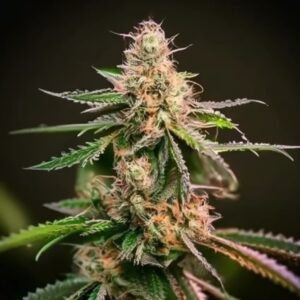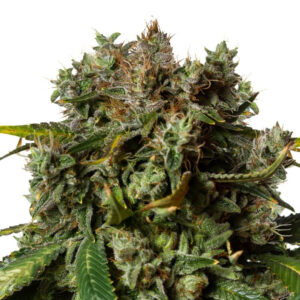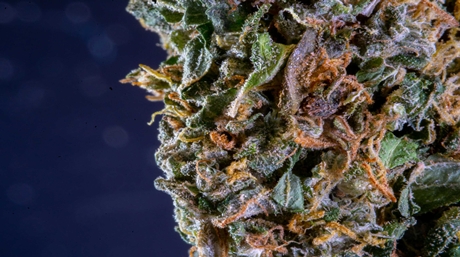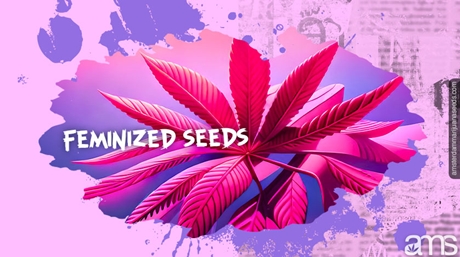 By:
Gaston
By:
Gaston
Picture this: you’ve bought the best cannabis seeds and are ready to see your plants flourishing well immediately after cultivation.
Taking care of your cannabis plants involves a myriad of things. Still, each of them plays a critical role in determining the nature of the mature marijuana plant and the overall yields.
Among the most common techniques, which you probably know include the training and pruning of cannabis strains.
This day, you are going to familiarize yourself with a different terminology and know much more about it in the entirety. Without further ado, let’s have a glance at…
Lollipopping is an analytical technique that involves pruning cannabis plants, preferably those planted indoors to come up with better yields. Under most circumstances, this pruning method gets carried out to eliminate the marijuana plant parts that receive the least amount of light.
Less light often translates to lower yields in the long run. That said, the flowering phase is the ideal time to introduce lollipopping. Most established marijuana growers claim that two weeks into flowering is the perfect time to introduce lollipopping.
The main reason for conducting lollipopping is to ensure that the cannabis plants tend to focus lots of energy on the buds. After this kind of pruning get done, the cannabis plants tend to appear as lollipops, and thus, the name lollipopping means this activity.
Any cannabis strain can get lollipopped. Whereas some prefer to lollipop Indica-dominant strains due to their great one central kola, other growers swear by lollipopping Sativa and Hybrid strains. Either way, the lollipopped strains give amazing results.
Some terms that can be used to mention lollipopping today include trimming and pruning. This is so because lollipopping involves trimming or pruning the bottom branches of cannabis to allow for adequate light penetration and better formation of buds.
Absolutely! When the lower growth gets removed from the cannabis plants, there is the promotion of better development of buds. Of course, when the buds tend to develop fully, one thing is sure – the overall yields will be high.
Secondly, lollipopping introduces the strains to ample light. Now that the flowering stage gets fully enhanced when there is sufficient light, there is the sanctioning of optimal development of the flowers and the betterment of the plant. This, in turn, leads to increased yields.
Thirdly, doing away with the bushy growth on the lower side of the plants helps in ensuring that there is free air circulation, thus, ensuring that molds and bacteria don’t affect the plants and yields in general.
As previously mentioned, the best time to lollipop a cannabis plant is two weeks before the flowering phase kicks in. That is during the vegetative stage. This not only helps in upping the yields but also ensures that the plants are in the best form.
Two weeks is such a good time that the plants can adapt to the shock they have been subjected to before getting into flowering.
You may, nonetheless, be wondering whether there could be any negative impact about lollipopping a plant after the vegetative stage has kicked in. Well, it is critical to ensure that the plants don’t suffer from pressure of any kind since adapting may take a lot of time.
However, provided the marijuana grower does the primal lollipopping work during the vegetative phase, they can do some essential touch-ups during the flowering stage. This includes but is not limited to, pruning some branches and removing some unwanted buds.
With the above points in mind, you may be curious to know how to lollipop cannabis plants. Let us now see how you can make this process a success.
This lollipopping methodology typically involves eradicating all the lower growth from a cannabis plant, to be left with the stem of the plant that gets topped by up to two enormous kolas. It is a relatively simple method because it typically involves choosing a single point, preferably four nodes from the cannabis plant’s growing tip.
You can, nonetheless, select your most preferred point to make the canopy begin and remove the lower growth from that very point.
There are no special tools required to necessitate this process; thus, you can use the thumb to grasp the plant’s stem and the forefinger to remove the undesired side shoots to the last selected node. If you feel that using fingers can bring about deforming the stalk, then you can be sure to use a sharp pair of scissors or a razor blade.
As the name suggests, you start lollipopping by removing the unwanted shoots from the top to the selected bottom-most node.
Even though this method isn’t as common, as the top-down technique, some swear by it. It typically involves removing unwanted shoots from the preferred bottom node to the selected part of the stem to get a desirable lollipopped plant.
You can be sure to eradicate the lateral branches that are such short that they can’t form an excellent top canopy. Mostly preferred by those who prefer using the SCROG System, you have to use a sharp pair of scissors or a sharp razor blade to remove the unwanted lateral, and short branches that can’t form a good lollipop shape.
As seen in this write-up, lollipopping cannabis is essential. However, that might not be the case, especially when you don’t take the trimmed cut-offs from where the cannabis plants have grown.
Keeping these cuts near the cannabis farms or grow medium may expose some plants to bud rot mold and bacteria infestation, thus rendering the lollipopping process useless.
It is also worth mentioning that the trimmed plants retain a canopy-like bud structure, in a horizontal view. For the best growth results, the buds should be in somewhat the same sizes and shapes. That said, watchfulness is vital.













Related Posts

Introduction to Lollipopping
If you’re looking to grow the healthiest and highest yielding marijuana plants, it’s essential to familiarize yourself with lollipopping, a pruning technique that when done correctly, will optimize the growth of your White Widow strain. Typically, this method is performed on indoor plants to increase yields by eliminating the bottom growth that receives the least amount of…

Have you ever seen a cannabis plant with bug buds growing above a nylon screen? Well, that screen is referred to as a screen of green or a ScrOG in short form.

Amsterdam Marijuana Seeds (AMS) offers a wide selection of premium feminized marijuana seeds, carefully selected and tested to ensure high germination rates and consistent quality. Feminized seeds are highly sought after because they guarantee that every plant grown from the seed will be female, which is necessary for producing high-quality cannabis flowers. AMS also offers expert advice on cultivation techniques and equipment, making it a great choice for both beginner and experienced growers. With discreet packaging and shipping, AMS is committed to providing its customers with the best possible products and service. Order marijuana seeds today and start your journey to growing your own premium cannabis.